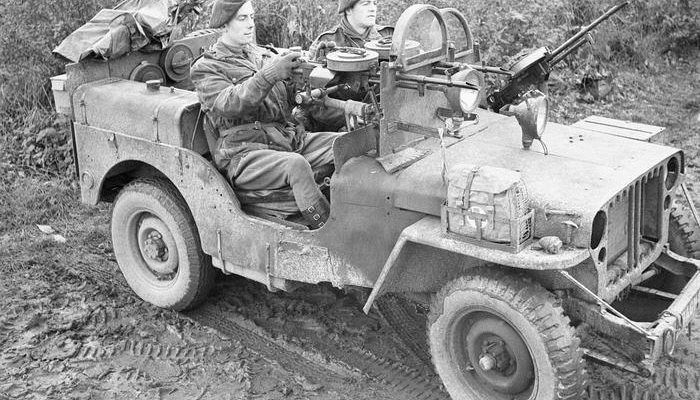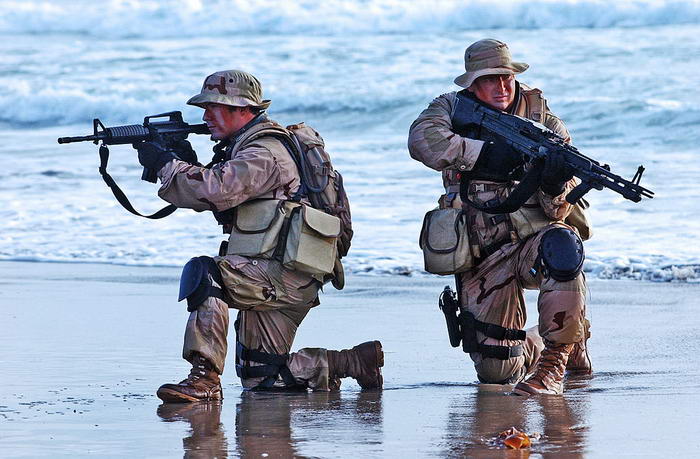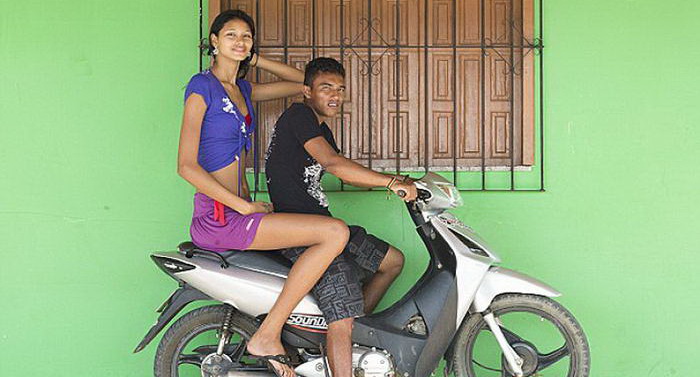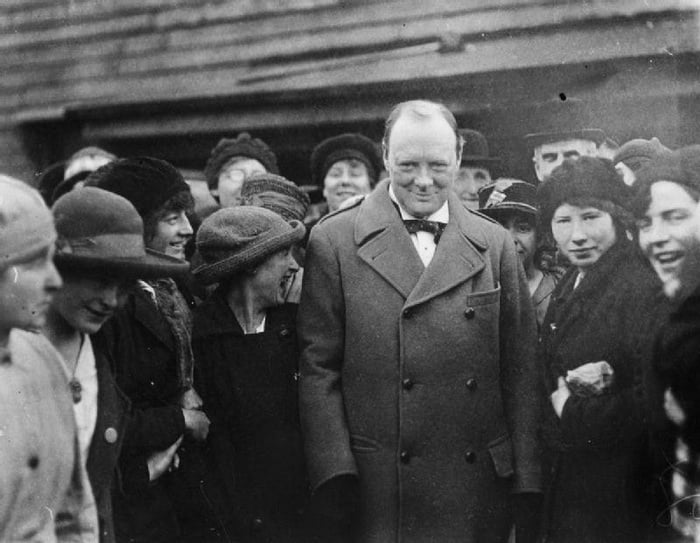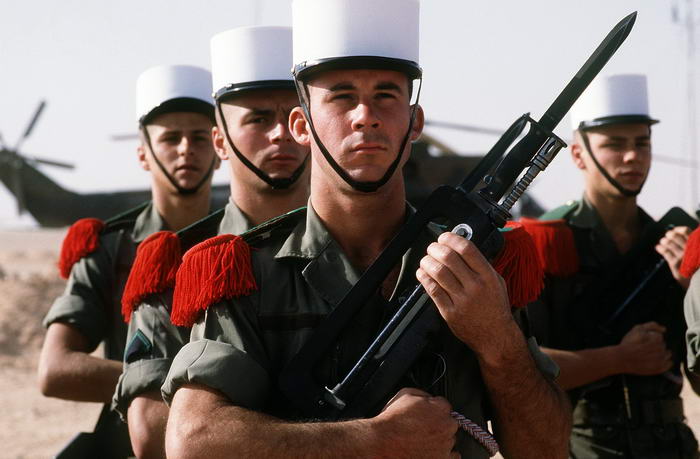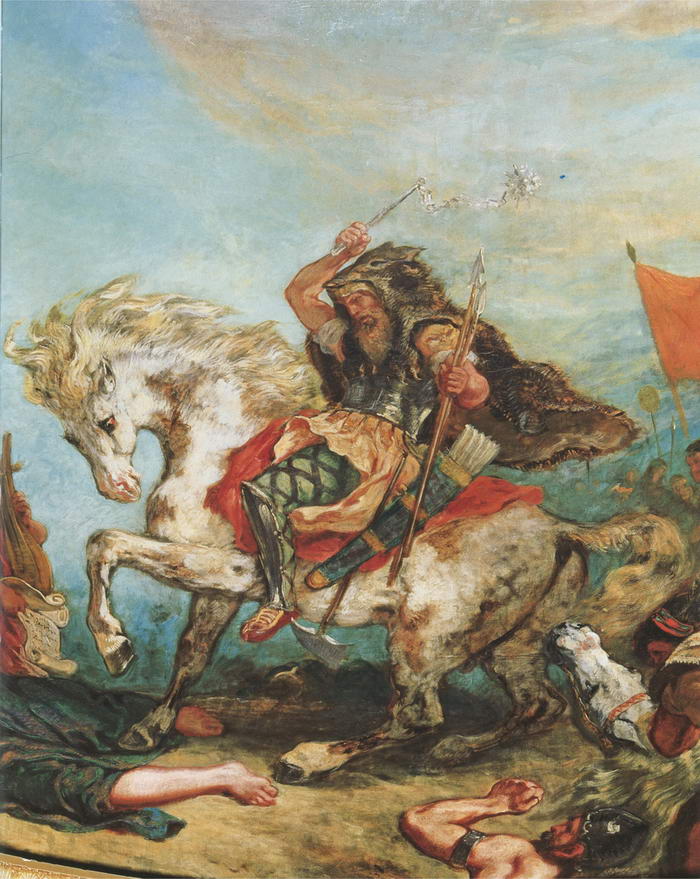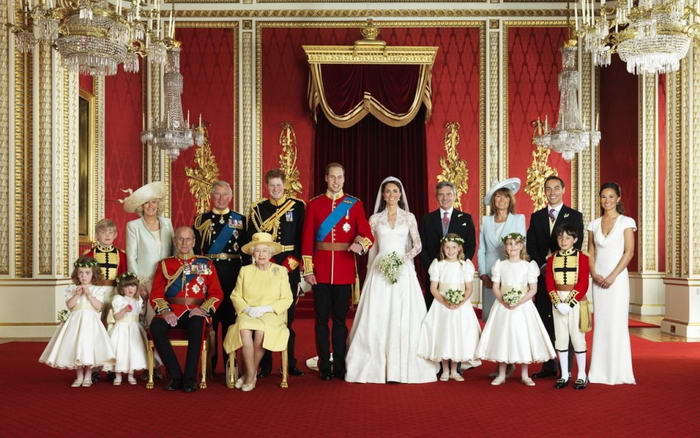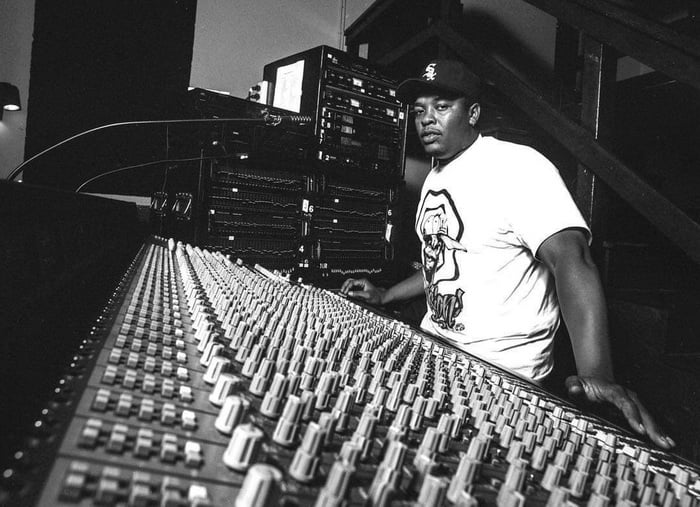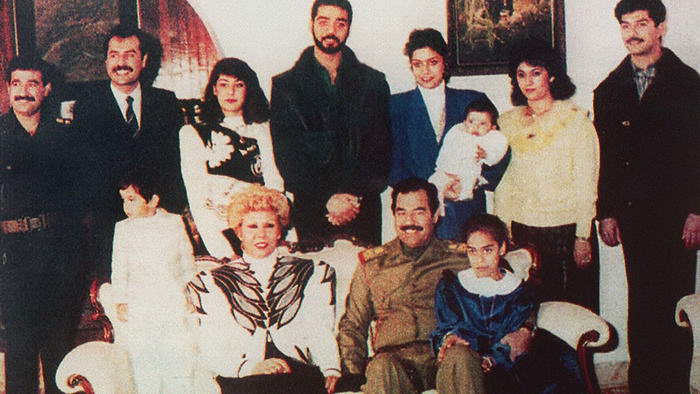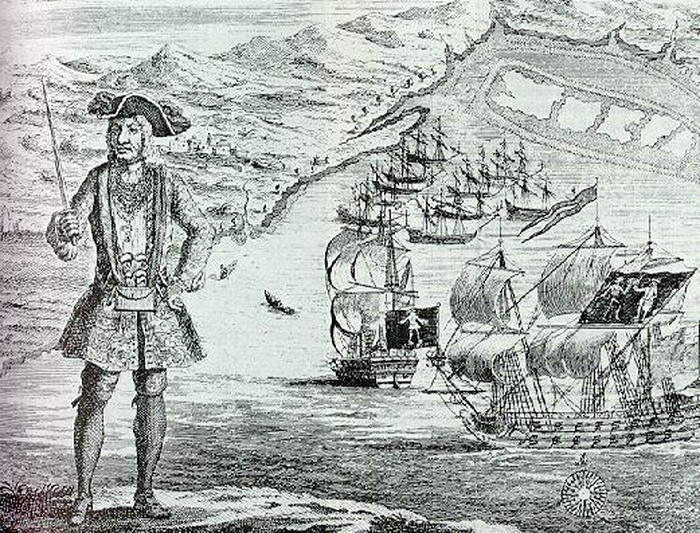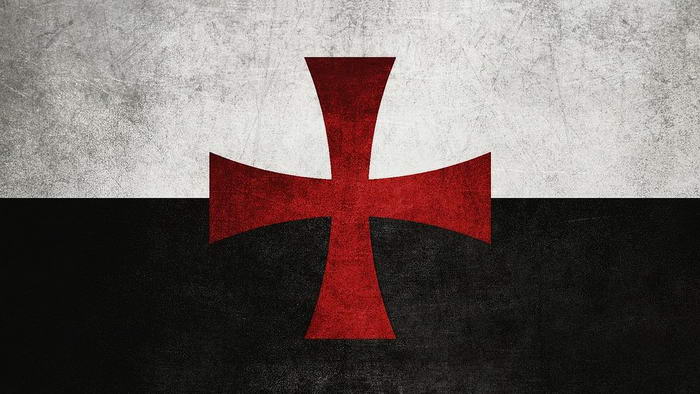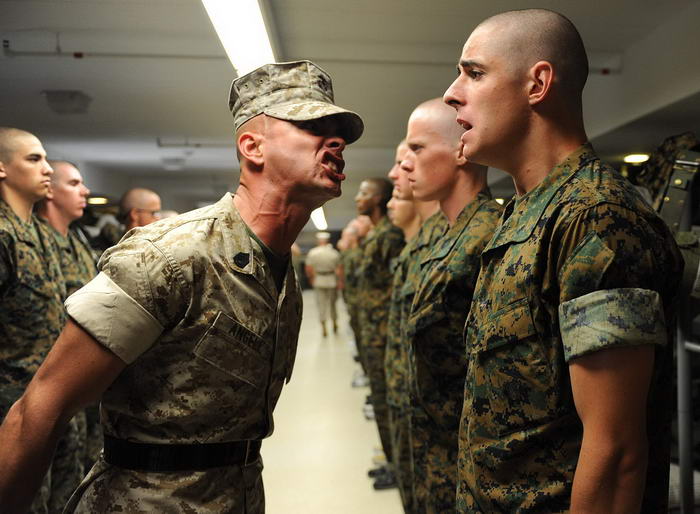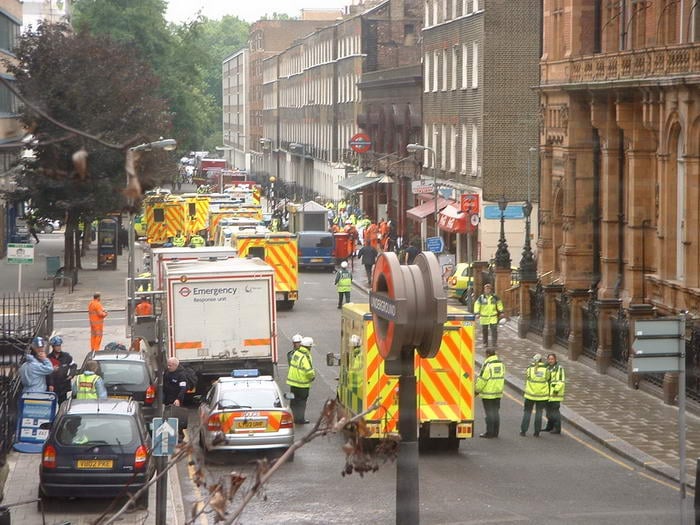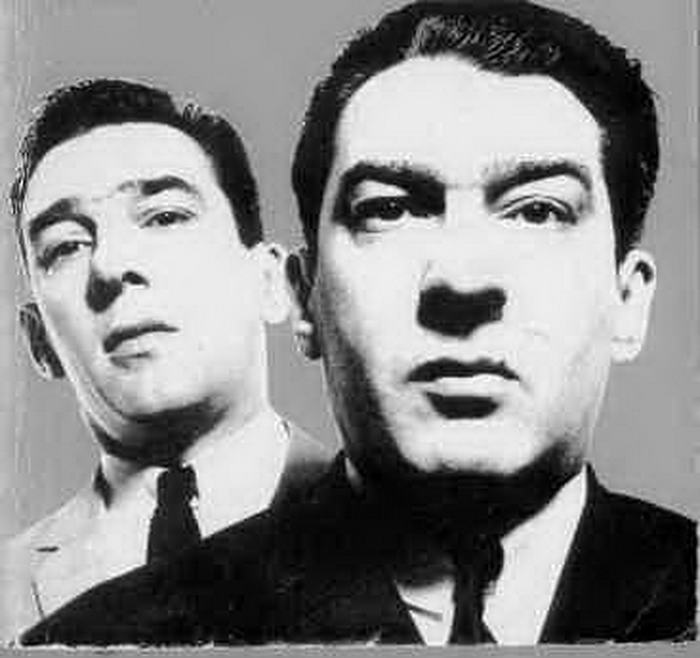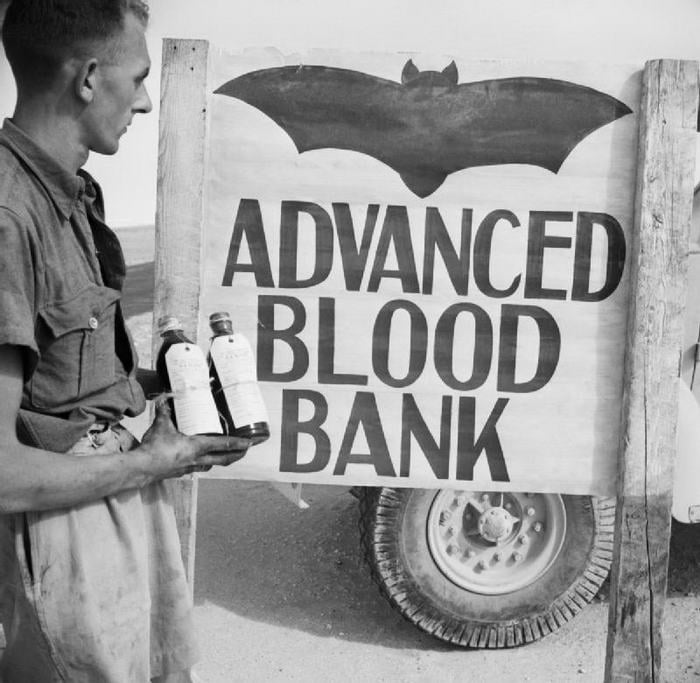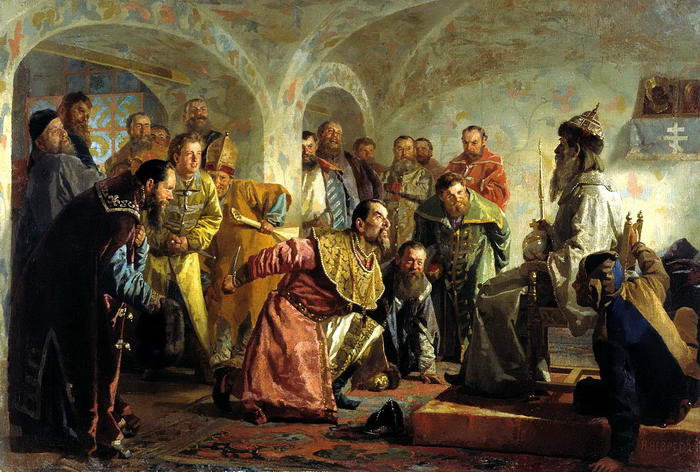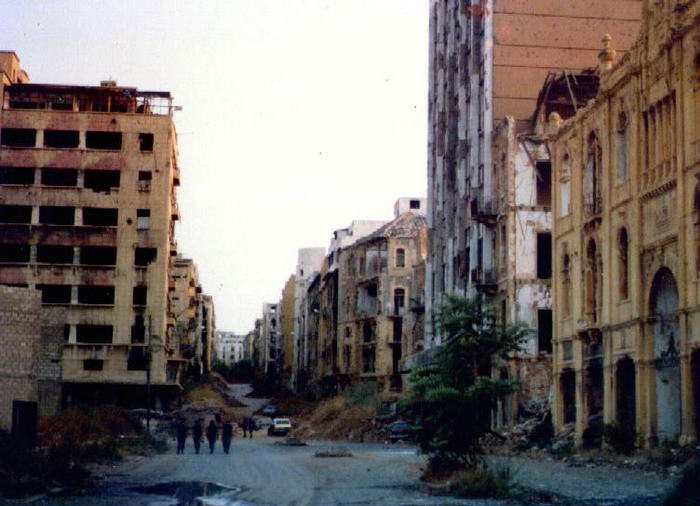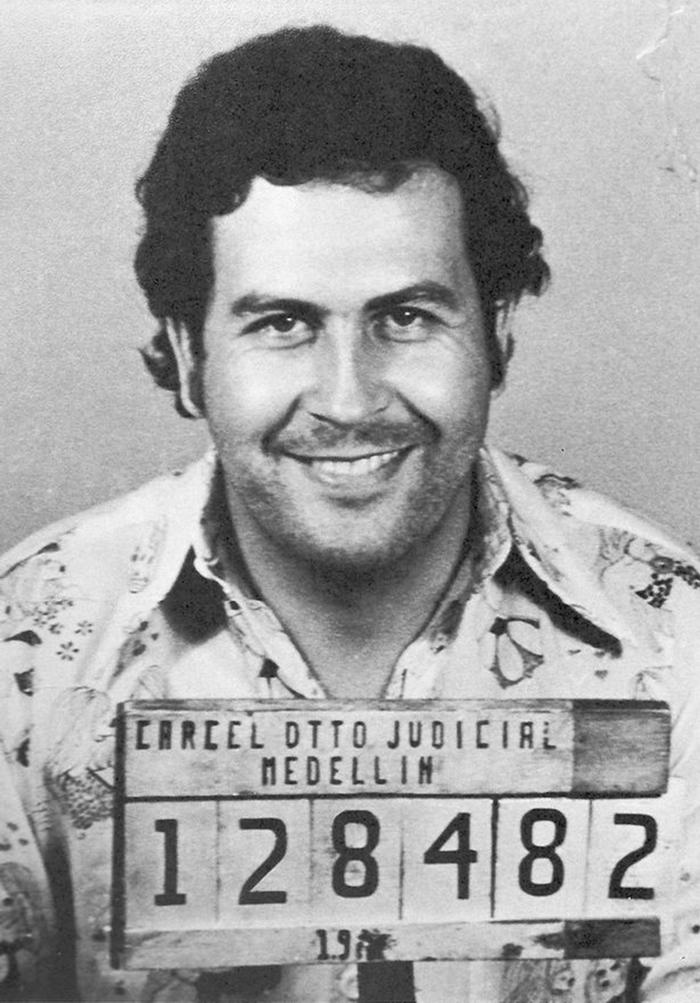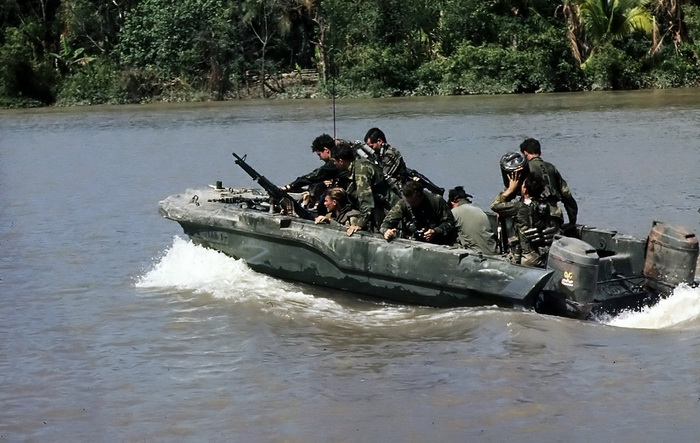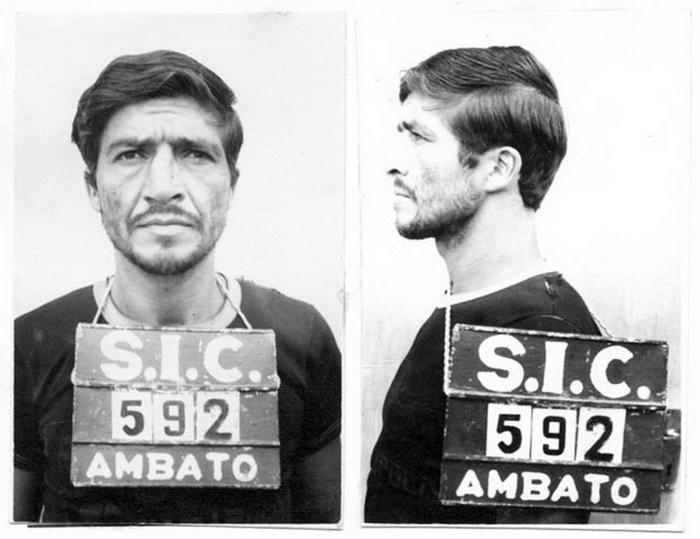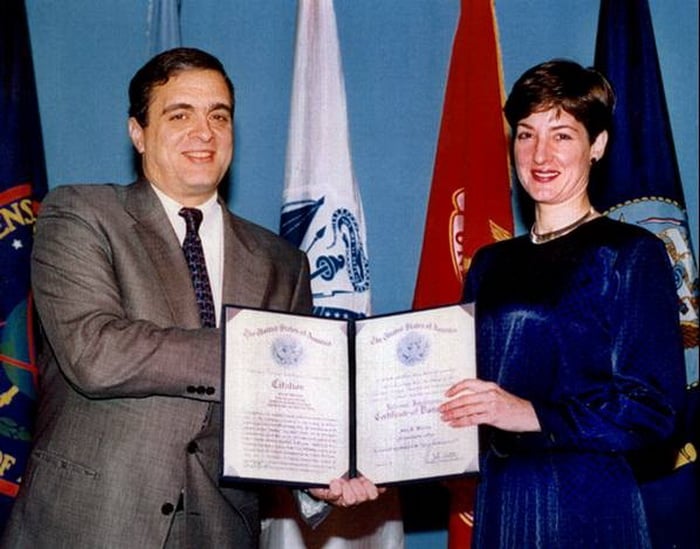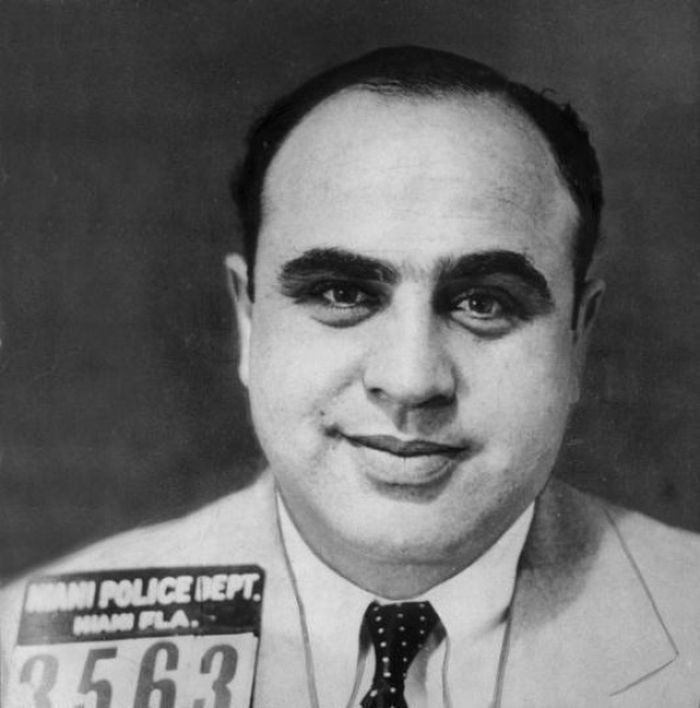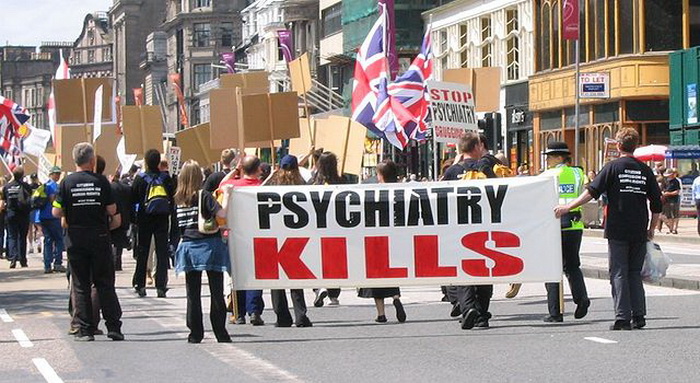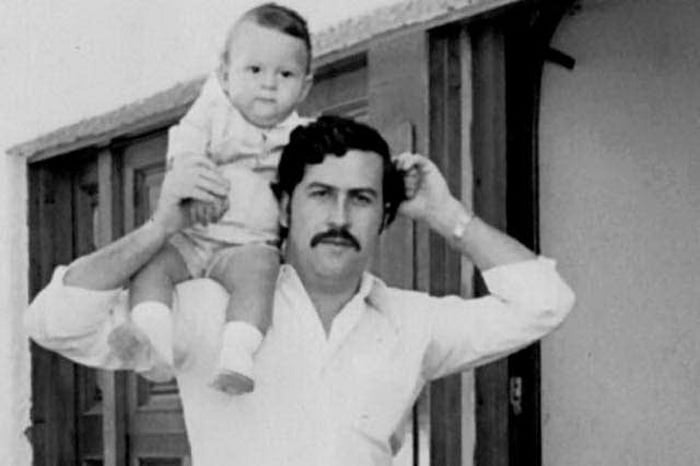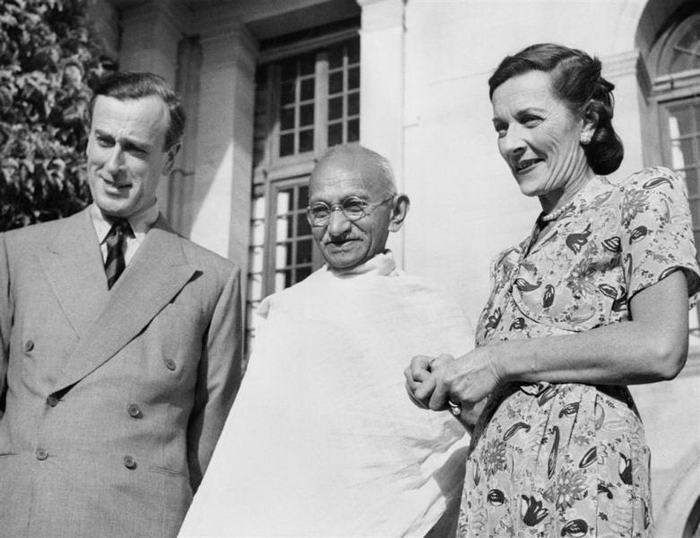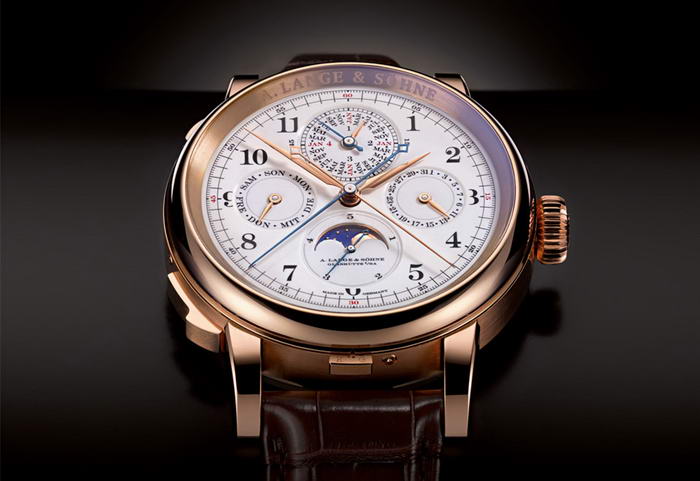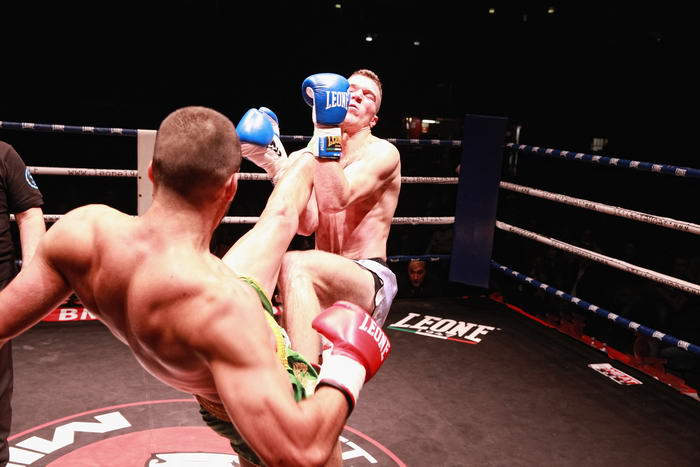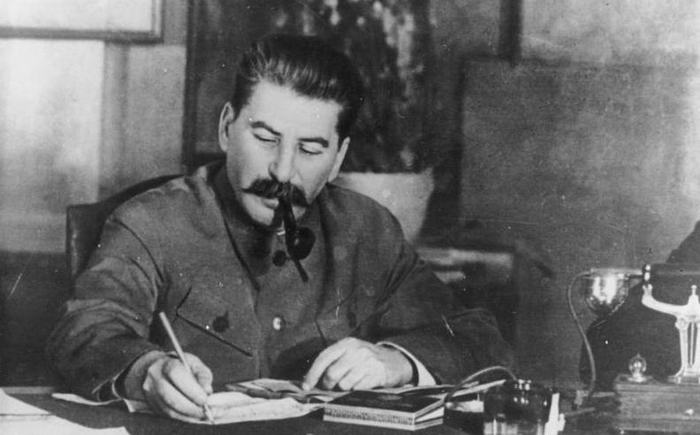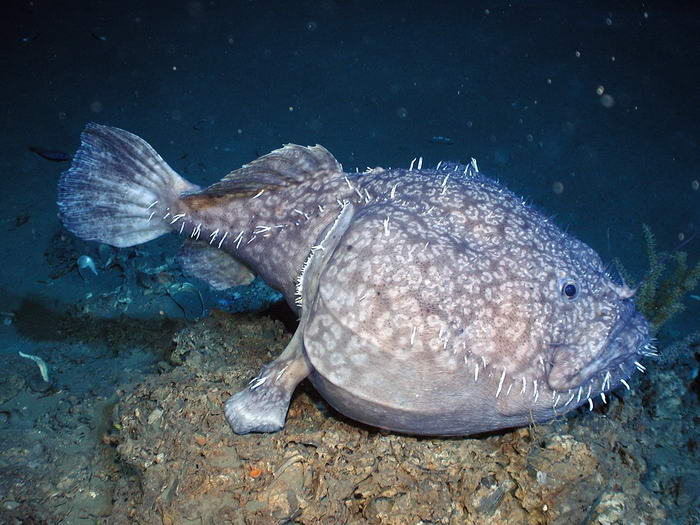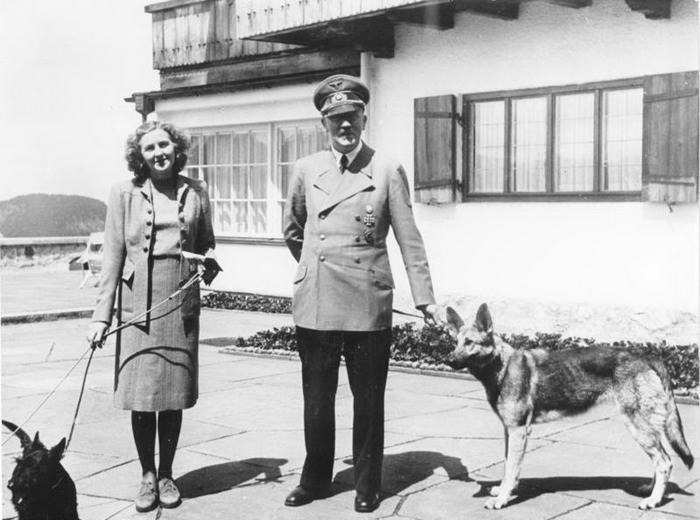There is no doubt that the British SAS are the most well-known and feared special forces unit in the world. Since being founded in the early years of the 20th century, they have developed into an efficient and effective fighting force who are held in high esteem. They really exploded into public consciousness after the successful 1980 raid on the Iranian Embassy in London that sent a clear message to all would be terrorists across the planet. With a motto of ‘Who Dares Wins’ and the SAS title standing for ‘Speed, Aggression, Surprise’, it is little wonder they are such an elite unit.
We take a look at their most daring missions to date:
10 – The Second Ever Mission
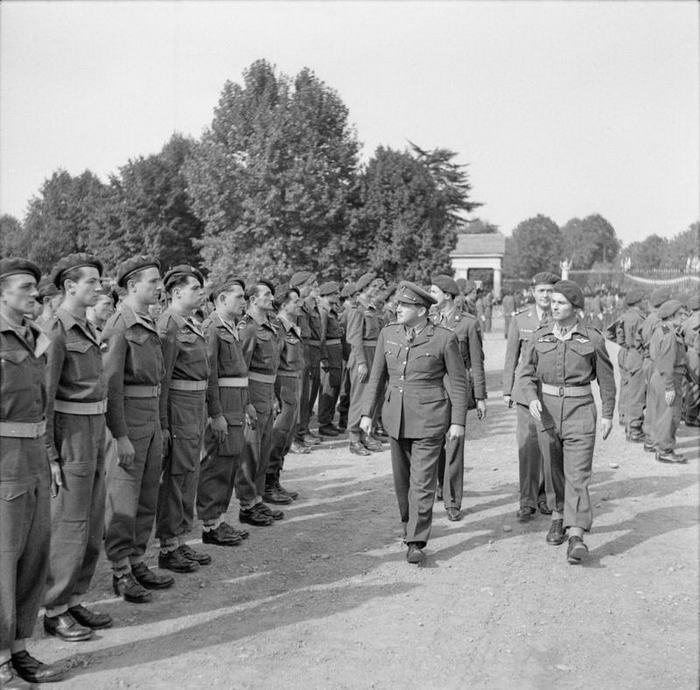
After formation, the first ever SAS mission was in November 1941. This however went badly wrong and 40 men out of 62 were killed or captured. For their second mission however, the unit showed they were quick learners! This happened during the same period when Britain were locked in conflict with Germany during the Second World War.
After being dropped at Tamet airfield, they quickly proceeded to achieve their primary aim of destroying the German planes present. After eliminating the enemy troops with bursts of machine-gun fire, Lewes bombs were used to blow up the planes found. 61 aircraft went up in flames by the end which was a resounding success for the unit. Indeed, in the whole North African campaign, the SAS destroyed over 200 enemy planes which is a staggering amount.
09 – Northern Ireland Operations
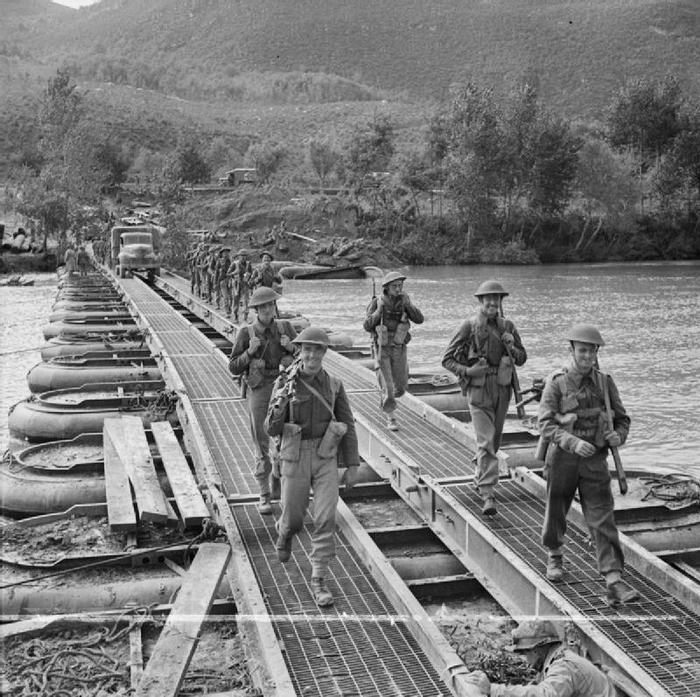
As part of the British army, the SAS were heavily involved in the troubles that Northern Ireland faced in the 1980’s. A re-structure of how the special forces worked in the area meant that a team of around 20 SAS men did year-long tours in the region on covert missions to hunt down enemy terrorist forces or arms.
One famous operation was in 1981 when a cache of IRA arms had been confirmed in the Irish countryside. The SAS put the cache under surveillance and waited for the terrorists to come and pick the weapons up. Arriving by car, 2 terrorists got out to pick the cache up and 1 stayed in the vehicle as a driver. As soon as the 2 terrorists grabbed the arms cache, the SAS team engaged them and a fire-fight ensued. One is killed and the other injured as SAS troopers hit their mark with unerring accuracy. The driver makes off in the car and manages to flee although the blood-stained car is found some time later by the SAS.
08 – Malayan Rebellion
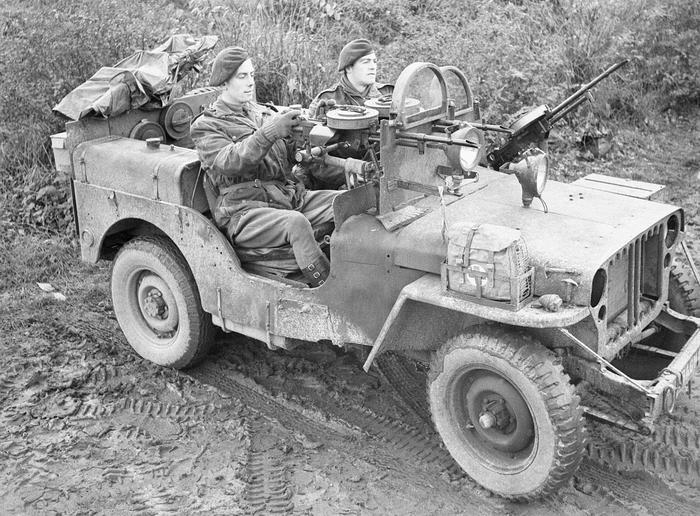
In 1948, a rebellion started in the British colony of Malaya. The Communist forces behind it wanted the British out and a Communist government installed. Setting up in the thick surrounding jungle, the communist forces launched many effective raids against British interests, leading to the SAS being called upon. Interestingly enough, it had actually been disbanded at the end of the Second World War so had to be reformed again for this operation!
Small SAS patrols were inserted into the Malayan jungle and spent time with local tribes learning how to survive and fight effectively in the terrain. Although conditions were terrible for the SAS men, the mission was a success. The enemy troops were forced to retreat deeper into the jungle where illness or SAS gunfire killed them.
07 – Oman Mission
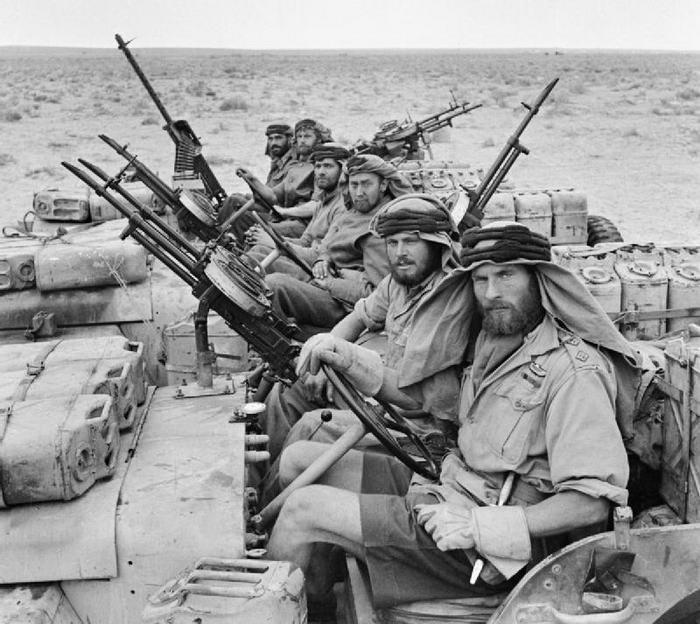
A small middle Eastern country, Oman is perhaps an unlikely setting for a famous SAS mission. The connection is that Britain had a long-standing alliance with the rulers of the country so when rebels began a campaign to overthrow them, they asked for the SAS to help out.
The rebel base was high on the Jebel Akhdar mountain and the plan was for a couple of SAS squadrons to mount an assault on it. This was no easy task as the only way up the mountain was via narrow tracks which were overlooked by higher ground. Nonetheless, the attack went ahead with each SAS man having to carry 54 kilos up 2kms of tracks in the heat. Luckily, a diversionary attack in nearby Tanuf meant that there were no enemy troops guarding the pass to make it more difficult.
Once the troopers had made it to the base, the enemy forces were quickly subdued and the mission was a success. The only negative was a sniper’s bullet that had hit a grenade in one of the trooper’s packs and set it off, killing him and another soldier.
06 – Indonesian Operation
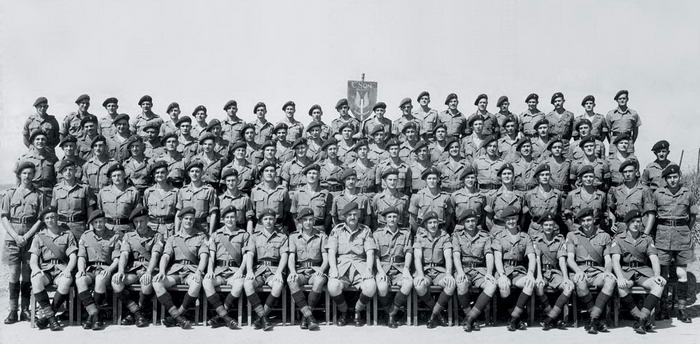
In the early 1960’s, Britain was looking at withdrawing from its Southeast Asian colonies. The British plan was to form a new state comprised of Malaya, Singapore, Brunei, Sarawak and North Borneo. This new state would be called Malaysia but not everyone was in favour. Indonesia was opposed to this new state and a rebellion broke out in Brunei in December 1962. This was quickly dealt with many terrorists fled into the jungle to carry on their fight.
These guerrillas began to make cross border raids and carry out a number of attacks. Calling in the SAS was the natural move for the British and a squadron was sent to patrol this dangerous border area. Getting valuable information from the local tribespeople, the SAS men were able to effectively stop the raids and kill a number of terrorists along the way.
As a final measure, the decision was taken that the SAS would take the fight to the terrorists. The troopers crossed the border and began locating enemy camps and engaging enemy troops. After mounting Indonesian losses caused a change in the countries leadership, the new Indonesian government admitted defeat and the conflict ended.
05 – Operation Fire Magic
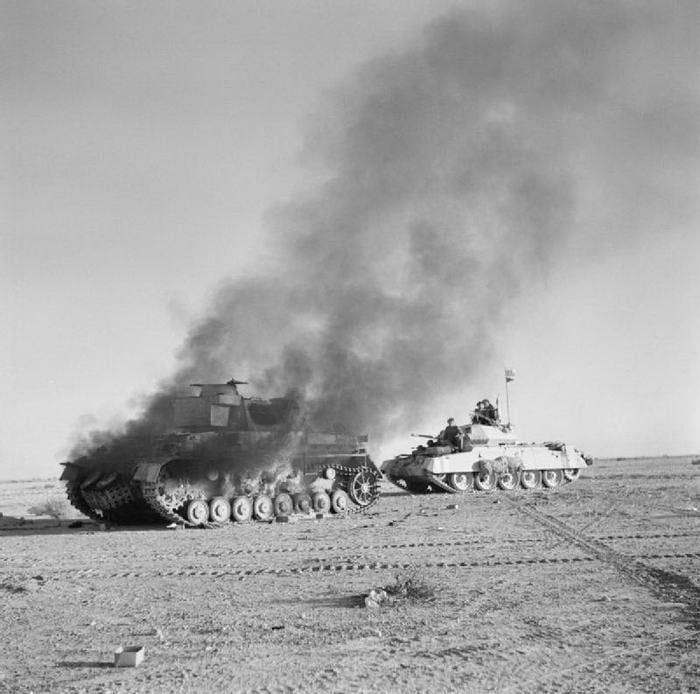
In 1977 Lufthansa Flight 181 was hijacked by terrorists from the Popular Front For The Liberation Of Palestine. After forcing the plane to fly between various locations, it finally landed in Mogadishu. The major problem for rescuers was twofold – first, the huge $15 million ransom being demanded and also the fact that the pilot had been murdered by the terrorists. Demands also included the release of Arab prisoners in Germany and Turkey that was not entirely feasible.
The SAS were called in by German authorities to help as they knew the British unit had experience in counter-terrorism operations. Coming armed with the latest stun grenades to use, the SAS men helped the Germans plan and execute the assault on the plane. Under the cover of darkness, the soldiers crept up to the plane and climbed into the wings using ladders. Blowing the emergency doors, the stun grenades were thrown in and the assault began. Shouting at the hostages to stay down, three terrorists were killed and the final one captured.
04 – Bravo Two Zero
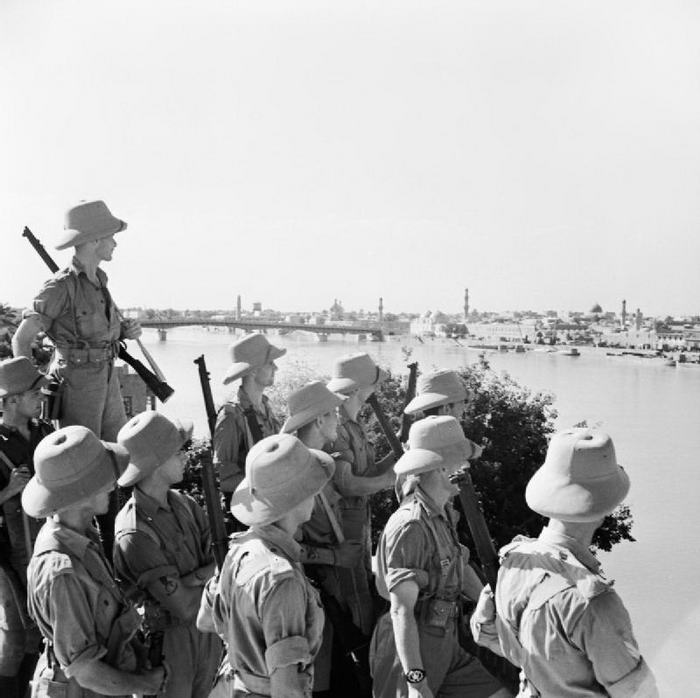
Although probably one of the most famous missions the SAS have undertook in modern times, it was something of a heroic failure hence why it is only in at number 4. Bravo Two Zero was the name of an SAS patrol that was sent into Iraq during the First Gulf War to locate and target SCUD missiles to be destroyed. Unfortunately, the mission went wrong almost as soon as it started as bad intelligence saw the patrol dropped miles away from where they needed to be and with lots of enemy Iraqi troops close by. In addition, they had received poor advice about the weather conditions and were ill-prepared for the freezing night-time weather in the desert.
The next move has long been a bone of contention between the patrol leader, Andy McNab, and patrol member, Chris Ryan. Both have written hugely successful accounts of the patrol and give a slightly different version of what went on. Ryan claims that McNab as patrol leader should have called base camp to abort the mission instantly whereas McNab counters that Ryan was simply wanting to get out of doing the mission altogether.
Regardless of opinion, the patrol went on as planned and they made it to their observation point to detect the SCUD missile base. Unfortunately, they were spotted soon after arrival by a wandering shepherd boy who alerted the nearby Iraqi army forces. Quickly fleeing, the patrol made it away into the night but soon got split up and captured. The only soldier who got away was Chris Ryan who walked on foot to the Jordanian border and escaped to safety. Of the others, four were captured but later released (including McNab) while three died.
03 – Operation Pebble Island
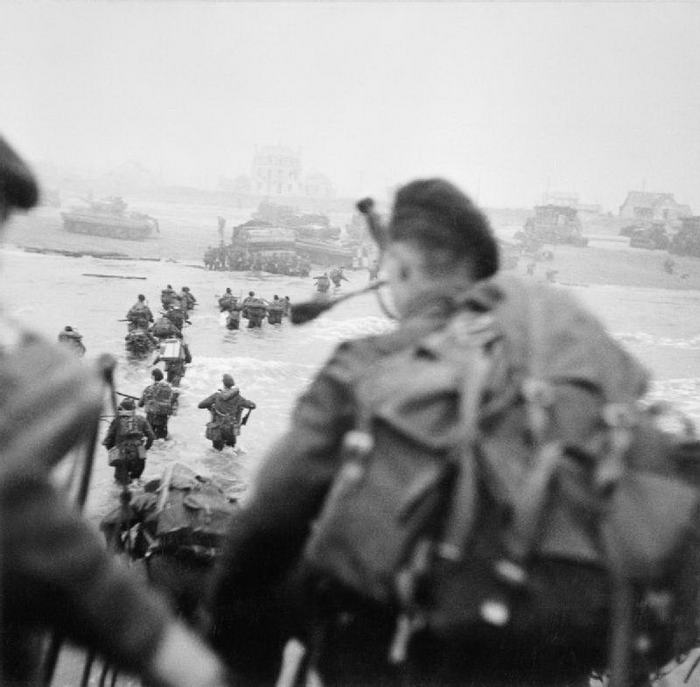
This was an operation that the unit conducted during the Falklands War in the early 1980’s. This was a conflict that broke out between Britain and Argentina over who had the claim to the Falkland Islands. Britain soon sent out a fleet of ships and troops to secure the island but they had one big worry. Argentina had a well-trained and equipped air-force that posed a real threat to the British fleet and, from the British perspective, this had to be dealt with.
The SAS were asked to help out and before long had located an airfield close to the Falklands that housed a number of the Argentinian air-craft. An air-strike was considered unsuitable as it would risk too many civilian casualties so the SAS planned a daring land assault instead.
As a nearby British battleship put down covering fire, the SAS team were inserted into position on Pebble Island and made their move. Destroying every air-craft they came across with gunfire, rocket launchers and explosives, the SAS troopers did untold damage to complete their mission.
02 – Operation Barras
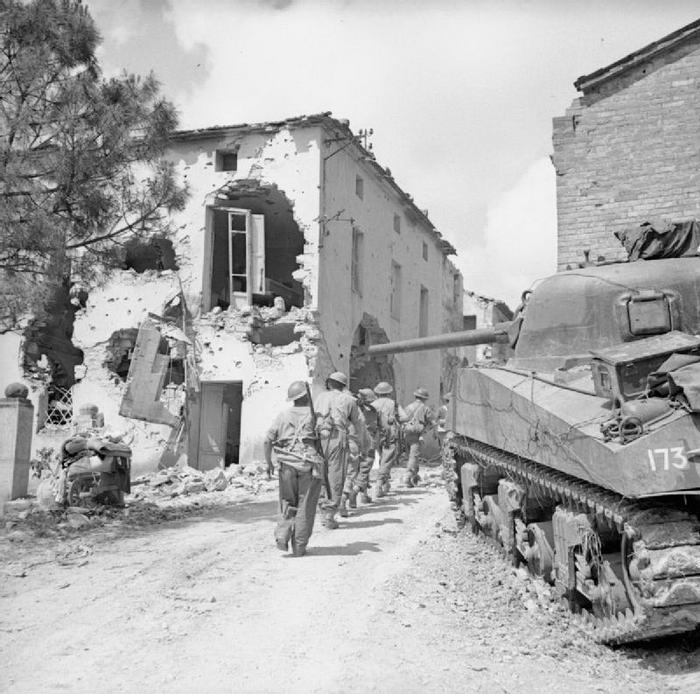
The most recent SAS operation to have garnered attention is this rescue mission in 2000. 11 men from a British army unit had been taken prisoner when on patrol by the vicious ‘West Side Boys’ in Sierra Leone. The men were taken to the rebel camp deep in the countryside and although some were released at first, negotiations soon broke down. When the rebel leader, Foday Kallay, threatened to kill the rest the British army knew it was time to call to call the SAS!
As the rebel camp was next to a river, the SAS used inflatable boats to move upstream and unnoticed by the ‘West Side Boys’. This enabled them to gather valuable intelligence which was used to plan the rescue mission. After this had been done, the attack was launched! Two Chinook helicopters and a Mi-24 Gunship flew to the rebel base and SAS troopers fast roped direct into it from the air. Quickly finding and securing the hostages, they also defeated the enemy forces with help from the observation teams and helicopters firepower.
It was not an easy fight as many of the rebels were high on drugs or though magical amulets protected them so put up quote some resistance. In the end though, the mission was a success and all hostages were rescued.
01 – Iranian Embassy Siege
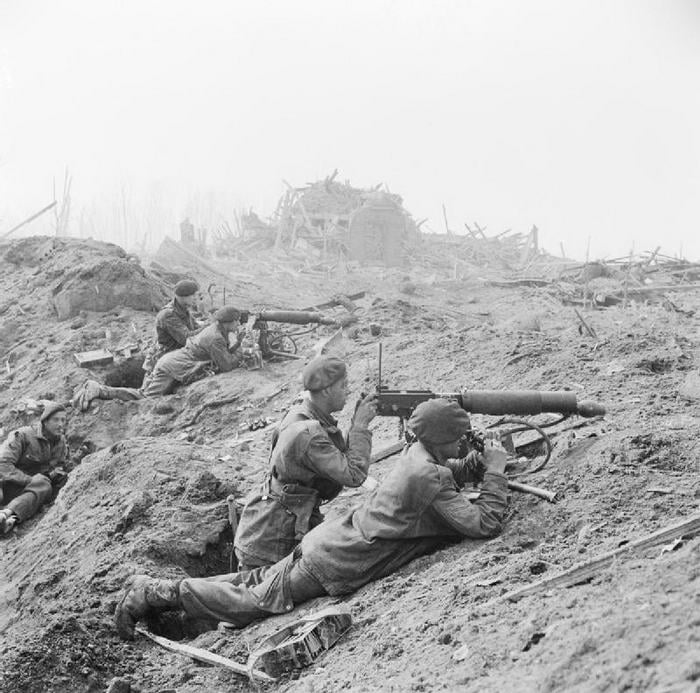
During April 1980, heavily armed terrorists burst into London’s Iranian Embassy and proceeded to hold the 26 people there hostage. Contacting the police who were stationed outside, they demanded the release of 92 Arabs in Iranian jails and autonomy for the Khuzestan region in Iraq. British authorities soon realised these demands could not be met and called the SAS in within hours for them to start planning their rescue attempt.
Named ‘Operation Nimrod’, the SAS spent the following few days carefully collecting information and planning how to get in to rescue the hostages present. As is standard practice with the SAS, they even built a real-life mock-up of the Embassy away from the main scene to practice in! Before long, the order to prepare the assault and move had been given after shots were heard fired by the terrorists in the Embassy along with the dead body of a hostage being thrown out of the front door.
Famous scenes that were captured for the world to see on TV, saw black-clad SAS troopers abseil into place on both sides of the building to place explosive charges on the windows. At the agreed time, these charges were blown and the SAS troopers entered the Embassy through the window space to begin the assault. Three teams entered each floor of the building at the same time and used CS stun grenades and MP5 sub-machine guns to eliminate any terrorist threat found that posed a danger.
The operation was a stunning success with all but one of the terrorists killed and the other one captured. The speed and surprise of the assault meant that only one hostage was injured during it which was simply amazing.
Although not every mission has always gone to plan, the SAS have a superb success rate with their operations. The hard-training and unique skill-set that troopers are taught makes them into amazing soldiers and tough people to face. One thing is for sure – still to this day, if you are a terrorist and hear the SAS are on their way, you begin to worry!


